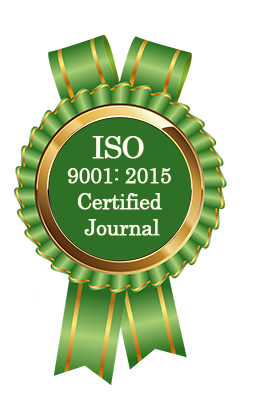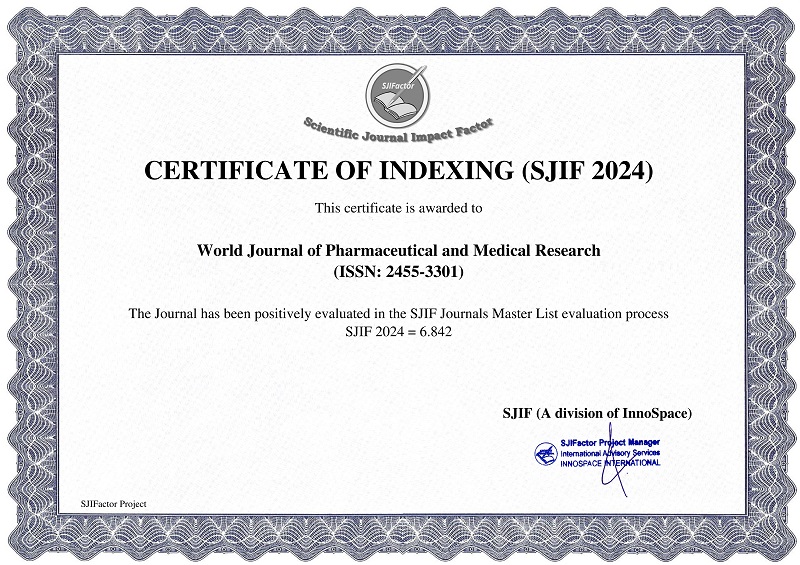HEALTH INFORMATION TECHNOLOGY IN NURSING PRACTICE: CONTEMPORARY ISSUES AND PROSPECTS
Okere-Ejiogu Edith, Egbuchulem J.N., Vincent C.C.N., Ibebuike Julia, Nwagwu Solomon J., Emesowum Anthonia, Ezenwuba Clementina, Okoroafor Nkiru, Obeagu Emmanuel Ifeanyi*
ABSTRACT
Health information technology (HIT) has transformed nursing practice by reshaping documentation, communication, and patient care delivery. Tools such as electronic health records (EHRs), telehealth platforms, mobile applications, and decision support systems have enhanced efficiency, reduced errors, and strengthened evidence-based practice. However, nurses continue to face significant challenges, including system usability issues, data privacy concerns, workflow disruptions, digital literacy gaps, and the risk of burnout. These issues highlight the need for supportive training, improved system design, and stronger policies. Looking ahead, advances in artificial intelligence, interoperability, personalized care technologies, and workforce empowerment present new opportunities to optimize HIT in nursing. By addressing existing barriers while harnessing these innovations, nursing practice can fully realize the potential of HIT to deliver safe, efficient, and patient-centered care.
[Full Text Article] [Download Certificate]



